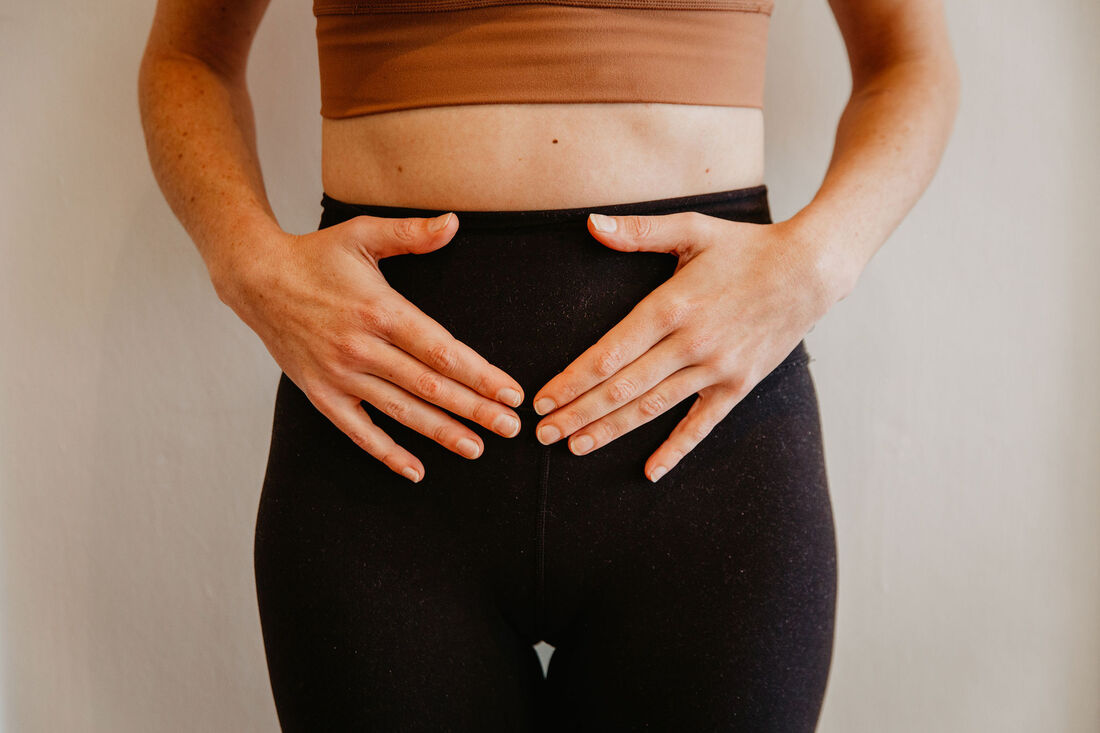Pelvic and Sexual Pain Physiotherapy Brisbane Southside.
What causes Pelvic pain?
Pelvic and sexual pain can be distressing and impact your overall well-being. You may be experiencing pelvic pain, sexual pain or both.
Pelvic pain refers to discomfort or pain felt in the lower abdomen, pelvic area, or between the hip bones. It can be dull, achy, sharp, or cramp-like, and may be constant or intermittent.
Sexual pain, also known as dyspareunia, is any discomfort or pain experienced during sexual activity. It may arise in the external genitalia, vagina, or deeper within the pelvis.
What are the Possible Causes of Pelvic and Sexual Pain?
Pelvic pain can have various causes, and it may stem from different structures and systems within the pelvic region
It's important to note that this list is not exhaustive, and individual cases may involve a combination of these factors or other less common causes. A comprehensive evaluation by a women's health physiotherapist or other healthcare professionals can help identify the specific causes contributing to your pelvic and sexual pain.
What treatments and devices are available for treating pelvic and sexual pain issues?
If you are experiencing pelvic or sexual pain and are looking for experienced women's health physiotherapy our teams at Tarragindi and Coorparoo would love to help. Book via the link below, or give us a call on 07 3706 3407 to discuss with our friendly admin team about what might be right for you.
Pelvic and sexual pain can be distressing and impact your overall well-being. You may be experiencing pelvic pain, sexual pain or both.
Pelvic pain refers to discomfort or pain felt in the lower abdomen, pelvic area, or between the hip bones. It can be dull, achy, sharp, or cramp-like, and may be constant or intermittent.
Sexual pain, also known as dyspareunia, is any discomfort or pain experienced during sexual activity. It may arise in the external genitalia, vagina, or deeper within the pelvis.
What are the Possible Causes of Pelvic and Sexual Pain?
Pelvic pain can have various causes, and it may stem from different structures and systems within the pelvic region
- Musculoskeletal Factors: Musculoskeletal issues, such as an overactive and tight pelvic floor, weakness in the pelvic floor, hip, or abdominal muscles, can contribute to pelvic and sexual pain.
- Pelvic Floor Dysfunction: Dysfunction in the pelvic floor muscles, which play a vital role in supporting the pelvic organs and controlling bowel and bladder function, can lead to pain and discomfort.
- Endometriosis: Endometriosis occurs when the tissue lining the uterus grows outside the uterus, leading to pelvic pain and potentially affecting sexual intercourse.
- Pelvic Inflammatory Disease (PID): PID is an infection of the female reproductive organs, often caused by sexually transmitted infections (STIs), which can result in pelvic pain during intercourse.
- Vulvodynia: Vulvodynia is characterised by chronic pain or discomfort in the vulva, the external genitalia. It can make sexual activities challenging and painful.
- Pelvic Organ Prolapse: Pelvic organ prolapse refers to the descent of pelvic organs, such as the bladder, uterus, or rectum, which can cause discomfort during intercourse.
- Interstitial Cystitis/Bladder Pain Syndrome (IC/BPS): IC/BPS is a chronic bladder condition characterized by pelvic pain, urinary urgency, and frequency. It can cause discomfort or pain during sexual activity.
- Psychosocial Factors: Psychological and emotional factors, such as anxiety, stress, or a history of trauma, can influence pelvic and sexual pain. These factors may contribute to increased muscle tension and hypersensitivity in the pelvic region.
It's important to note that this list is not exhaustive, and individual cases may involve a combination of these factors or other less common causes. A comprehensive evaluation by a women's health physiotherapist or other healthcare professionals can help identify the specific causes contributing to your pelvic and sexual pain.
What treatments and devices are available for treating pelvic and sexual pain issues?
- Physiotherapy Assessment: Our skilled women's health physiotherapists will conduct a thorough assessment, including a detailed history and physical examination, to identify the underlying causes of your pelvic and sexual pain.
- Pelvic Floor Muscle Training: Targeted exercises to strengthen, relax, or coordinate the pelvic floor muscles can be beneficial in managing pelvic pain and improving sexual function.
- Manual Therapy Techniques: Hands-on techniques, such as myofascial release, trigger point release, or joint mobilisation, may be used to address muscle tightness, imbalances, or restrictions contributing to pain.
- Education and Lifestyle Modifications: Our physiotherapists will provide you with essential information regarding posture, body mechanics, bladder and bowel habits, and other lifestyle modifications that can alleviate symptoms.
- Relaxation Techniques: Learning and practicing relaxation techniques, such as deep breathing, mindfulness, or guided imagery, can help reduce pelvic and sexual pain.
- Collaboration with Medical Professionals: We work closely with gynecologists, urologists, and other healthcare providers to ensure comprehensive care. In some cases, additional medical interventions or medications may be necessary.
- Counseling and Psychological Support: Chronic pelvic and sexual pain can have a significant psychological impact. Our clinic can provide counseling services or refer you to specialised therapists to address any emotional or mental health concerns.
If you are experiencing pelvic or sexual pain and are looking for experienced women's health physiotherapy our teams at Tarragindi and Coorparoo would love to help. Book via the link below, or give us a call on 07 3706 3407 to discuss with our friendly admin team about what might be right for you.
Who to book with:
Melissa Harris
|

